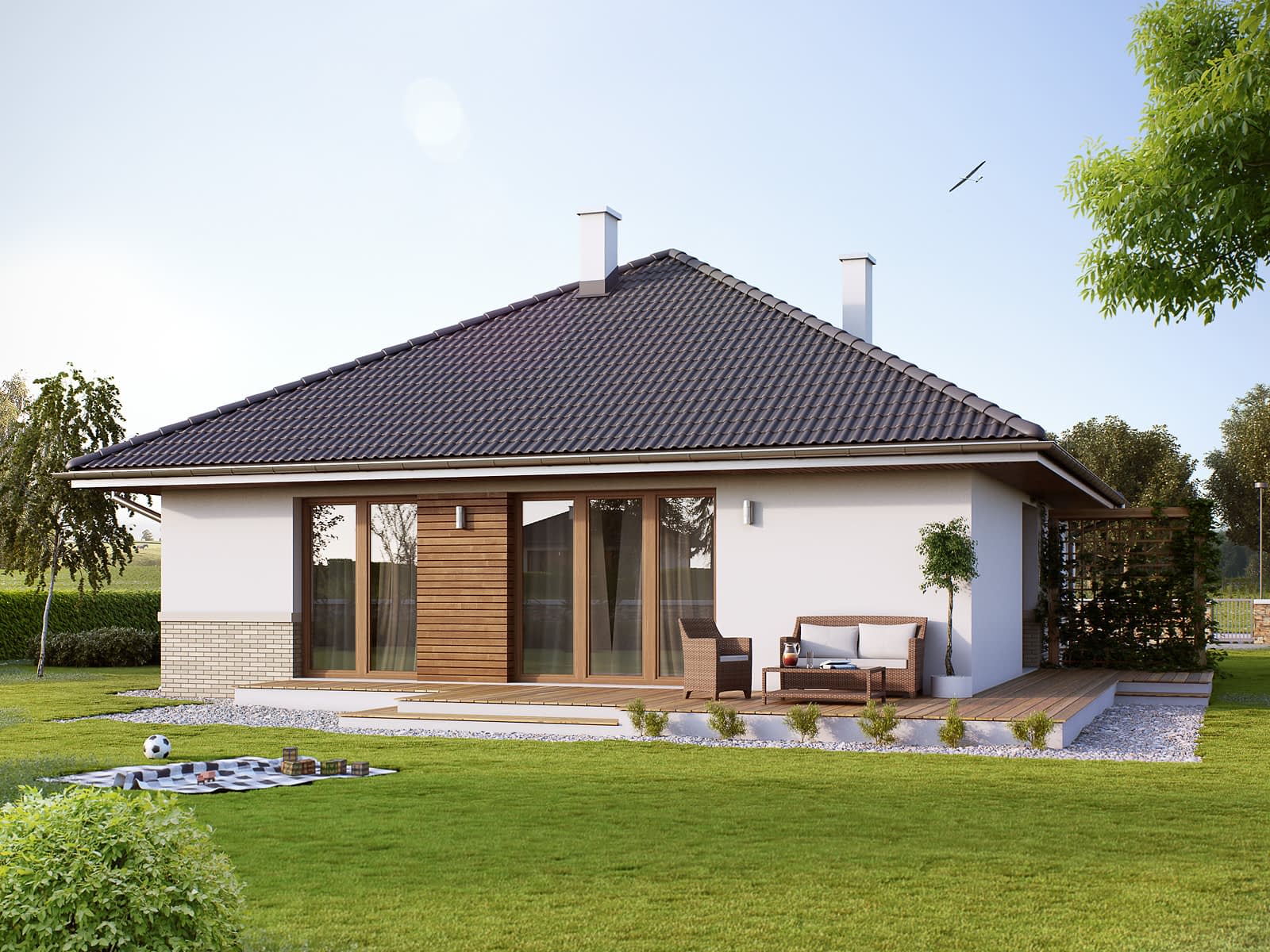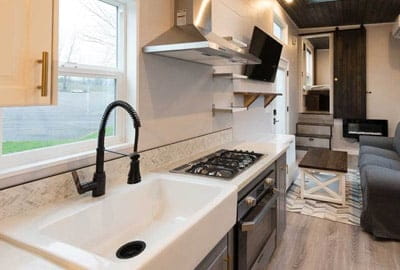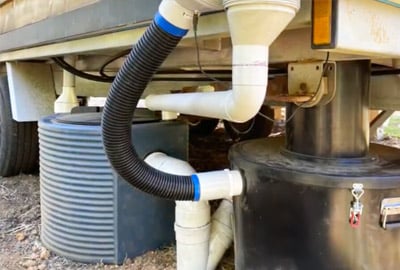





A link to download your FREE brochure will be in your inbox in 3 minutes



















The final price may vary based on project specifics.
To get a free accurate quote tailored to your needs, book a consultation with us today!

The price per square foot provided is an average and may vary depending on project-specific details such as materials, location, complexity, and other factors. Actual costs may differ from the average provided.
It is recommended to obtain a detailed quote based on the specific requirements of your project.

Please note that the monthly payment displayed on this page is an estimate and is subject to variation based on the selected loan product, applicants credit score, loan amount, and other financial details. Actual monthly payment may differ from the estimate provided.
It is recommended to seek advice from a financial advisor or loan officer to obtain precise payment information tailored to individual circumstances.
 Your Trusted
Local Contractor
Your Trusted
Local Contractor

In the heart of California's undulating landscapes, tiny homes stand tall, not in size but in spirit. These compact abodes, designed as tiny house masterpieces, are the manifestations of dreams and desires for a minimalist life. But with their charm comes an essential inquiry: how do tiny homes get water? Beyond the confines of tiny house plumbing, the journey of water into a tiny house is not just about pipes, taps, and the water tank beneath the tiny house bathroom. It's a tale of innovation, resilience, and an unwavering commitment to sustainability.
In this world where water storage becomes an art, and every water source plays a pivotal role, the water supply methods adopted by tiny home owners showcase a unique blend of traditional and off-grid techniques. Some might connect their tiny house water system to a regular water supply, while others might collect rainwater or use a pump system to draw from natural reservoirs.
It's the harmonious dance of nature and ingenuity, all choreographed in the quest for that life-sustaining drop.
The very essence of homes, the cradle of love, warmth, and solace, often lies in its vastness. But in California's vibrant lands, where the idea of living off grid is gaining traction, a revolution is burgeoning. Tiny homes, often defined as those under 400 square feet or even a tiny house on wheels, are the epitomes of architectural brilliance and eco-consciousness. They are the reverberations of lives yearning for a simpler, cleaner existence amidst nature, shedding the excesses of a traditional house.
Their unique design challenges, such as tiny house plumbing options and incorporating solar panels, make them stand apart. And as these homes often live off grid, methods like using composting toilets to manage human waste and gray water systems for waste management, become integral.
The plumbing of tiny house drains, ensuring that waste water is separated from drinking water with the help of various waste pipes, is a testament to the meticulous planning that goes into making these homes functional yet sustainable.
There can be several ways to do it!
Connecting a tiny home to a water supply involves strategic planning and the right equipment:

In the microcosm of a tiny home, each space whispers tales of ingenuity and every feature serves an elemental purpose.
While water sustains, there are other indispensable forces that breathe life into these compact abodes:
In the realm of tiny house living, the journey from source to sink is one of adaptation, ingenuity, and a deep reverence for nature. At the heart of the matter lies the water source. From tapping into city water or setting up an off-grid water system, the choice often determines the rhythm of daily routines. With a water hose, many connect to fresh sources while others champion water storage, often hauling water in large containers, ensuring they have enough for washing dishes or a refreshing drink.
Most tiny houses, especially a tiny house on wheels, prioritize adaptability. They're equipped to connect to public sewer systems, but equally prepared to handle gray water in a more self-contained manner. This ability to be connected to the public sewer system, i.e. work as a normal house, and off-grid autonomy is the hallmark of the tiny house movement.
However, the challenges of dealing with waste in such a compact space can't be glossed over. Human waste, split into solid waste and liquid urine, demands innovation. Dump stations become pivotal for those on the move, while others lean into natural processes using microorganisms to break down waste. You can create your own composting toilet where the carbon additive and microorganism process your waste and in the end the broken down solid waste can be used for various purposes.
Water filters ensure the sanctity of drinking water, with storage tanks holding gray and blackwater waste separately. For many, the dream to live off-grid translates into setting up water collection systems and even opting for a tankless water heater, ensuring hot water without the burden of space consumption. Still, you will need to visit the dump station every now and then to get rid of waste water.
Rainwater collection isn't just a solution—it's a symphony. Each drop caught signs of sustainability, turning the melody of rain into a reservoir of hope. In the world of tiny homes, this is more than just water; it's the echo of nature's generosity.
To journey off-grid is to rewrite one's destiny with nature. Off-grid water solutions are tales of audacity and autonomy, a testament to our innate drive for freedom, where every droplet harvested is a chapter in an epic of self-reliance. Where else can you reuse the waste water, figure out how to pour water into your tiny tank, or take advantage of your own RV hose?
In the compact canvas of a tiny home, plumbing becomes an artful ballet of design and innovation. Challenges morph into opportunities, leading to space-efficient solutions that exemplify the magic of making the most from the least.
Indeed! To source water sustainably is to weave emotions with ecology. It's a heartwarming affirmation, nurturing a bond with the Earth, igniting feelings of guardianship, and awakening a profound sense of eco-empathy. Your own water tank and the composting toilet in the tiny houses will let you understand the peaceful living together with the Earth.
Tiny homes are more than just structures—they are manifestos of mindfulness. Conserving water isn't just a strategy—it's a sentiment, a pledge to honor, cherish, and sustain nature's benevolence. A modern plumbing system, water filter, and septic tank system allow you to achieve a reduced carbon footprint.
For the tiny homeowner, purity is a pilgrimage. With a blend of cutting-edge filtration and time-tested purification methods, they zealously guard the sanctity of their water, ensuring it reflects the very ethos of their minimalistic journey. However, they sometimes also can reuse the waste water for special needs.
Get a First Look at Real ADU Projects